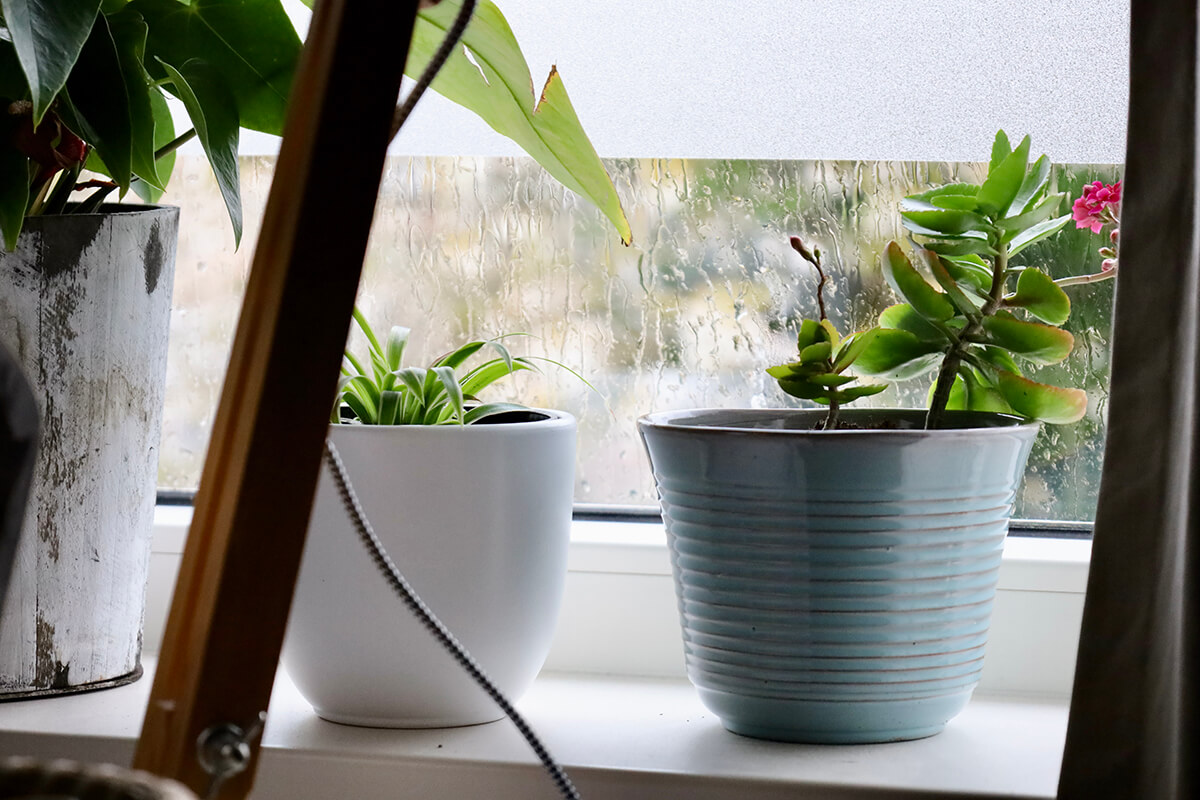If you’ve fallen for the beauty of the Polka dot begonia (Begonia maculata), with its angel-wing leaves dotted in silvery spots, you’re in good company! These striking houseplants are popular for a reason. But to see your Begonia maculata truly thrive, getting the *light conditions just right* is key. Let’s shed some light (pun intended!) on how much sun your Polka dot begonia actually needs, and how you can provide it—even in a typical apartment.
What Are the Ideal Light Conditions for Begonia maculata?
Polka dot begonias love bright, indirect light. Think of the dappled sunlight under a tree canopy—their natural habitat in the rainforests of Brazil. Too much harsh sun can burn their delicate leaves, while too little light leaves them leggy and dull.
- Bright, indirect light means a spot where sunlight is abundant, but the rays never fall directly on the plant.
- Morning sun is gentler, so a little direct exposure early in the day is usually fine.
- Avoid intense afternoon sun.
Where Should I Place My Polka dot begonia in the Room?
Placement is crucial, but there are easy ways to get it right—even in a small apartment.
Best Window Directions
- East-facing window: Ideal! Morning light is gentle and bright.
- North-facing window: Good, especially if nothing blocks the window.
- West or south-facing window: Place your Begonia maculata a few feet back, or use a sheer curtain.
Specific Placement Tips
- Keep your plant about 2-4 feet from the window to avoid harsh rays.
- If window light is strong, diffuse it with a curtain or move the plant slightly off to the side.
- Avoid placing the plant in the interior of a dark room.
How Many Hours of Light Does a Polka dot begonia Need Daily?
6–8 hours of bright, indirect light each day works best. If you need to supplement with artificial light (like a grow light), keep it on for 8–12 hours, positioning it about a foot above the plant.
How Can I Tell if My Space Is Bright Enough?
Here are some simple ways to check if your Begonia maculata is getting what it needs:
- Shadow Test: Stand between your plant and the window on a sunny day. If your shadow on the wall is clear, the spot might be too sunny. If it’s fuzzy but visible, that’s ideal.
- Reading Test: If you can read a book in the spot without turning on a light during the day, it’s bright enough.
Can Polka dot begonia Tolerate Direct Sun?
A little morning sun is fine, especially from an east window.
But in general:
- Avoid strong midday or afternoon sun, which can quickly scorch the leaves.
- If you see crispy or faded spots on the leaf edges, pull your plant back or add a sheer curtain.
Does Begonia maculata Tolerate Shade?
- Polka dot begonias are surprisingly tolerant of lower light, but won’t look their best in deep shade.
- In a shady spot, you’ll notice slower growth, smaller leaves, and less impressive spots.
Common Signs Your Polka dot begonia Needs More Light
Keep an eye out for these warning signs. If you see any, move your plant to a brighter spot:
- Leggy or stretched stems (reaching towards the window)
- Smaller, less colorful leaves
- Fewer polka dots or faded markings
- No new growth for weeks or months
How Do I Mimic Natural Conditions Indoors?
It’s easier than you think! Here’s how to help your Begonia maculata feel at home:
1. Diffuse sunlight with sheer curtains or blinds.
2. Rotate the plant every few weeks so all sides get equal light.
3. Supplement with LED grow lights if your apartment is dark.
4. Avoid drafts from windows and keep away from hot radiators.
Summary: Helping Your Polka dot begonia Shine
Your Polka dot begonia (Begonia maculata) will flourish with 6–8 hours of bright, indirect light each day, avoiding harsh sun and gloomy corners. Place it just back from a bright window, use curtains for protection, and tweak things as needed—you’ll soon be rewarded with its signature spotted leaves and happy, healthy growth. Remember, finding the right spot can take a little trial and error, but your Begonia maculata will thank you!


